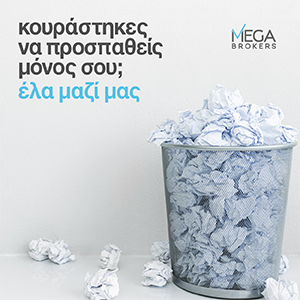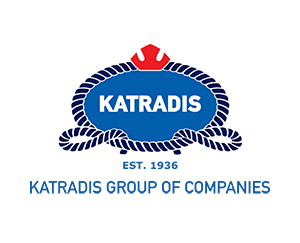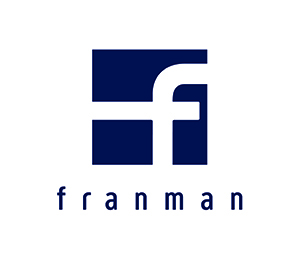Experienced naval architect Christophe Rident hired to support Chartwell Marine’s ongoing plans for expansion into the fast passenger ferry market
Southampton, 11th March 2024 — Chartwell Marine, trusted UK pioneer of next-generation vessel design, announces the addition of Christophe Rident as Senior Naval Architect to its professional roster. Rident joins the team as Chartwell carries forward plans to expand into the fast ferry market in 2024, identifying it as the next key sector for decarbonisation. In his role, Rident will support activities in the design and eventual commercialisation of vessels.
With over a decade of experience as a naval architect, Rident joins from BMT, where he played a key role in developing full-electric and hybrid fast ferry and commercial vessel solutions. His responsibilities included managing projects from initial concept to completion, conducting trials and providing after-support. Additionally, he contributed to the design and construction of only the second, and currently fastest EPA Tier-4 ferry in the US.
Fast ferries serve as crucial transportation, connecting communities and providing essential links between regions. Traditionally powered by diesel, the market is now exploring low-emission options as decarbonisation targets become more ambitious.
Chartwell is now turning its attention to the sector, examining the most practical and cost-efficient routes to emissions reduction. However, the transition presents challenges:
- Speed: Full-electric fast ferries offer the biggest emissions reductions, but typically compromise on speed, currently reaching around 23 knots compared to the 38-40 knots achievable with diesel-powered fast ferries. Despite a diverse landscape of vessel types, routes, and sizes, a common objective remains: to travel quickly. The increased energy consumption associated with faster travel makes this a challenge.
- Capacity: Battery capacity is crucial in determining operational range without the need for recharging, a factor which directly affects speed. This principle applies to other alternative fuels — for example hydrogen and methanol — as their availability is limited. Shorter routes provide more opportunities for recharging and refuelling, and smaller crafts with ample space for installing charging equipment can achieve high speeds due to the increased energy storage capacity.
- Infrastructure: While vessels are the focus of electrification efforts for operators, success also hinges on addressing a range of interconnected adjacent factors. The scarcity of shoreside charging points along waterways complicates the logistics of longer journeys. Electric vessels, like electric road vehicles, draw electricity from the grid; yet this risks disruptions or overloads without considered grid integration. At the same time, high upfront battery and charging equipment costs have driven operators towards complex leasing options.
“While operators exhibit a strong interest in transitioning to full electric, the need to integrate with existing shoreside grid infrastructure, (which they usually do not own) often hinders progress” said Christophe Rident, Senior Naval Architect at Chartwell Marine.
“In many places worldwide, where fast ferries could benefit from robust local engineering industry; inadequate grid infrastructure combined with a lack of available space shoreside for fast-charging equipment pushes owners towards a hybrid solution to reduce reliance on electricity. At the same time, there is a hesitancy in the industry about embracing batteries as the sole source of power, as these are still often seen as a volatile and unreliable option.”
Rident continued: “Regulations are pivotal in driving decarbonisation efforts. For example, in the US, the California Air Resources Board (CARB) will require operators to refit their ferries with expensive and space demanding after-exhaust treatment equipment or procure new electric ones in the coming years. The federal government has also introduced initiatives to decarbonise waterways, with a focus on electrification for fast crafts. On the other hand, most of Asia is not yet subject to IMO Tier-3 regulations, and mostly continues to use pure diesel. In those countries, the shift to green technologies will be driven by consumer opinion, encouraging ferry companies to invest in sustainable solutions now.”
Andy Page, Managing Director of Chartwell Marine, said:
“As we venture into the fast ferry market, we’re aiming to shape a new operational paradigm centred on sleek design, compact size, and electrification bolstered by proactive shoreside partners. That’s how we believe we can close the gap on traditional diesel-powered vessels. We’re delighted to welcome Christophe to the team to leverage his expertise and help us make fast ferries the next big hitter in decarbonisation.”






















